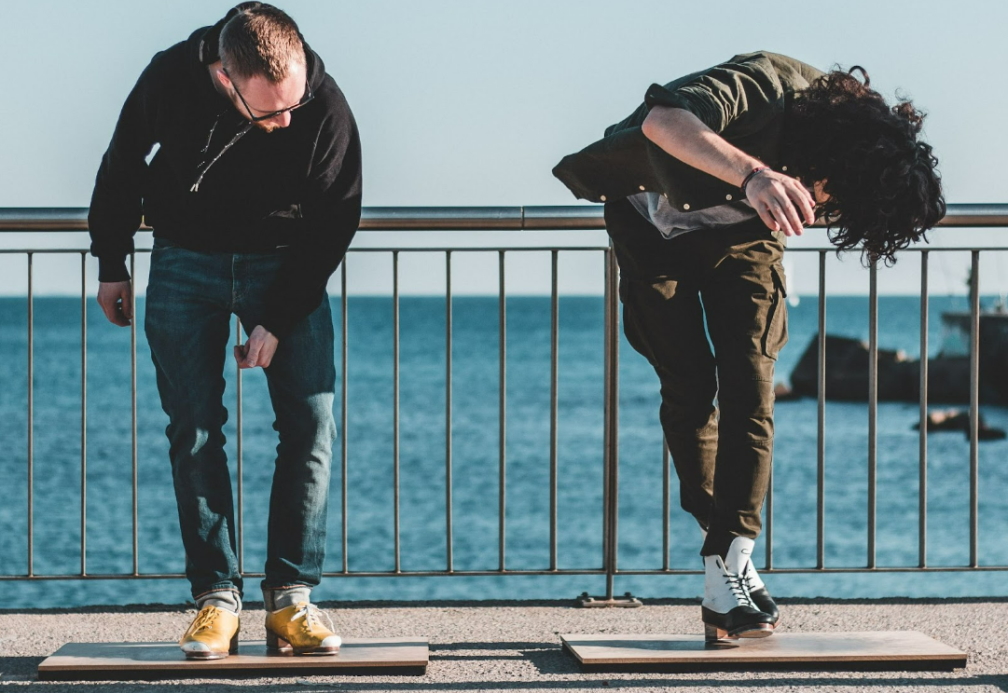Tap Dance Shoes: Guide on Finding Perfect Pair
- Written by NewsServices.com

Tap dancing starts with an excellent pair of shoes. It might be tricky for aspiring artists to identify quality footwear at a glance, especially since there is a huge range of products on the market now. So that you don’t get confused and can find the best tap shoes for your practice, check out this short guide.
Main Tap Shoes’ Features
If you look at tap shoes from above, it may seem these are the most usual shoes you wear to work. The secret lies in their soles. If you turn the shoes over, you will see they’re equipped with thin metal plates on the heels and toes. These plates are pinned to the sole with tiny screws to give artists the desired sound. The tap dance’s distinctive feature is the rhythmic foot moves, and the clatter of the plates serves as a kind of accompaniment.
As with any other style, dancers should be comfortable in tap shoes to easily perform all movements. That is why you should pick a suitable pair carefully. Here are the main points to consider.
1. Type
There are several basic types of such shoes. In terms of functionality, they’re not much different from each other. You can pick any style convenient for you:
- Mary Jane. Beginning dancers are more likely to buy them as they provide the perfect balance.
- Full or split sole Oxford (no heels). Experienced artists more often prefer this model. The second option (split sole) lets you quickly make double clicks.
- Character shoes (equipped with heels). They’re not the most popular option, but you can see such shoes on female dancers in theaters.
Also, dance footwear can be ribbon-tie, buckled, slip-on, and lace-up (depending on fastenings).
2. Tap plates
You can find shoes with or without metal plates already nailed on in professional stores. Most dancers prefer to take already equipped products to lessen their time. Choose items made of high-quality metal. The screws that secure the plates are adjustable, so the shoes can produce different sounds even with the same quantity of plates on the soles. For this reason, artists tighten or loosen the bolts to tune the sound. Usually, tap footgear has 3 screws on each heel. As you gain experience, you may develop your own preferences.
3. Material
The material quality determines the life of your footwear. Modern brands make tap it from the following materials:
- Leather. It’s the most frequently chosen option as it's one of the most durable (and expensive). It stretches pretty quickly, taking the feet’ shape.
- Artificial leather is a more budget-friendly analog of the genuine one. It’s not as flexible and elastic but more affordable. It’s a nice option for kids or rookies.
- Canvas wears out fairly quickly if not cared for properly. But products made of this material are incredibly lightweight and breathable.
4. Size
Your comfort depends on the correct foot length and size. Footwear should fit snugly but not squeeze the toes or dangle. Remember that leather will stretch after several lessons, so don’t purchase shoes one size larger. Try the product before buying, and even make some dance moves to make sure you don’t experience discomfort.
Quality Shoes for Every Budget
We can talk a lot about how important nice dance footgear is and what criteria are the most crucial. However, many buyers focus primarily on budget. Although tap shoes are believed to be one of the most costly professional footwear, you can get a durable pair in the lower-cost sector. Even well-known brands with a reliable reputation release models that will not make a hole in your wallet.





